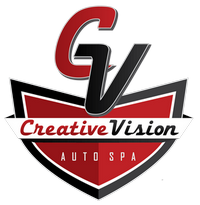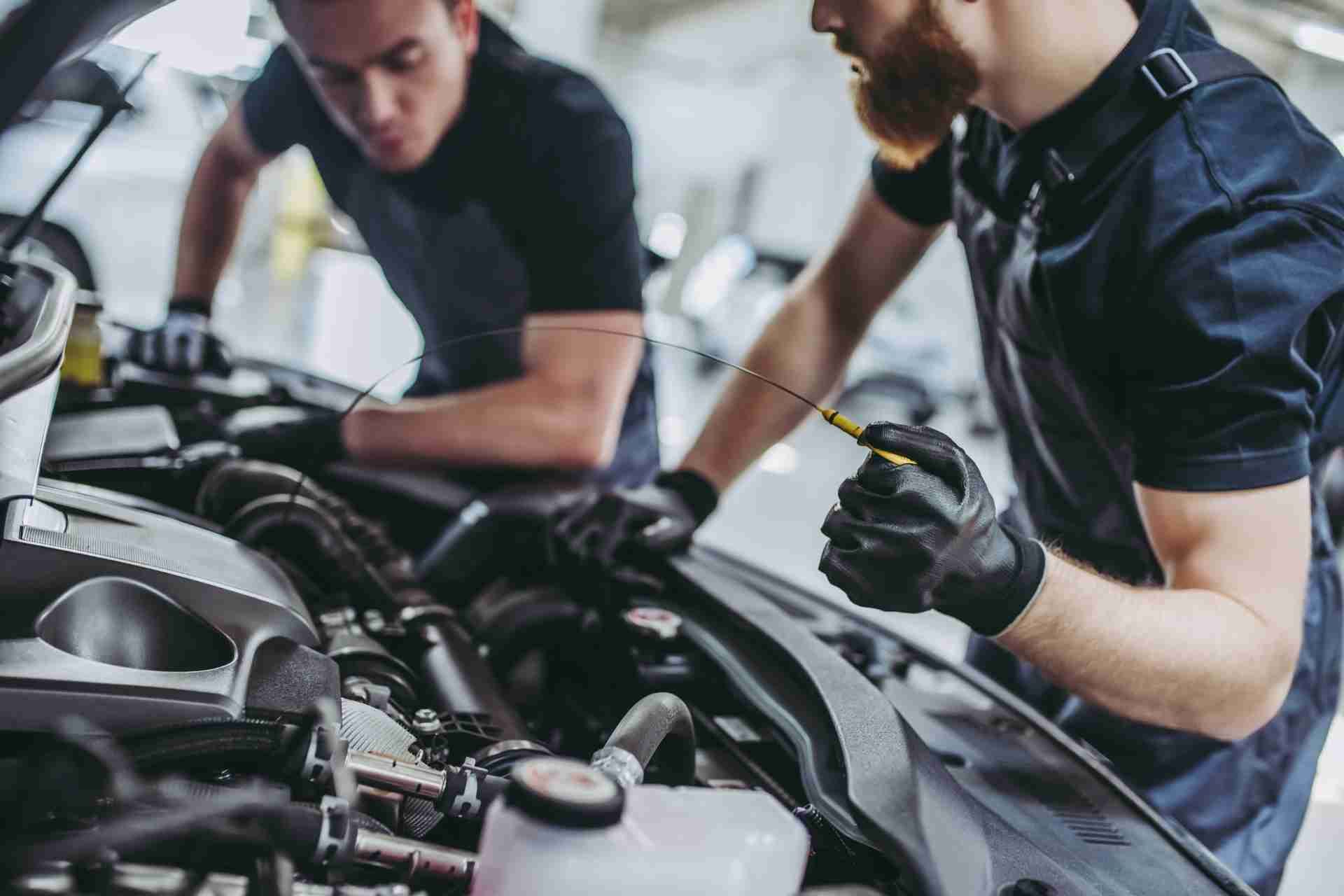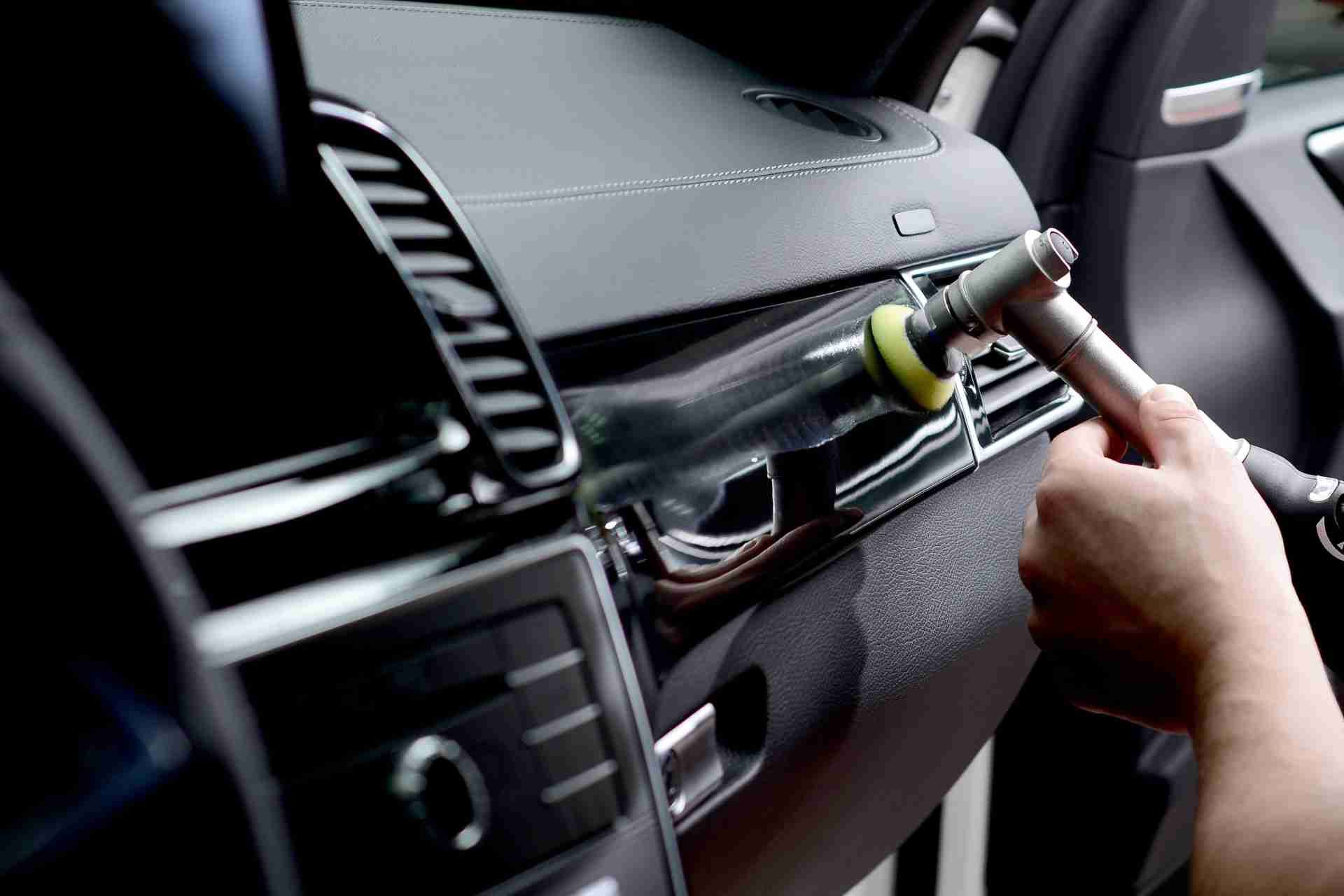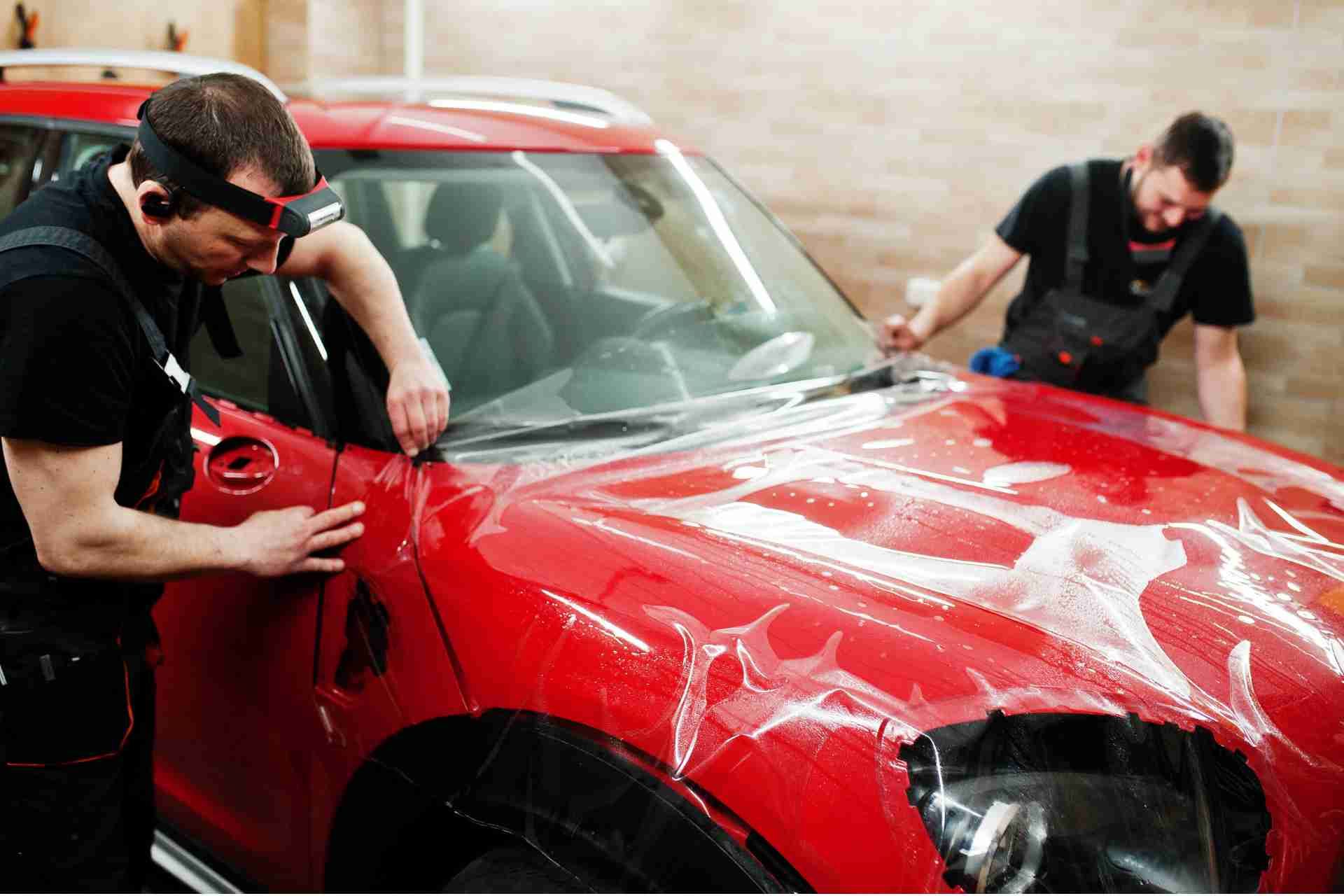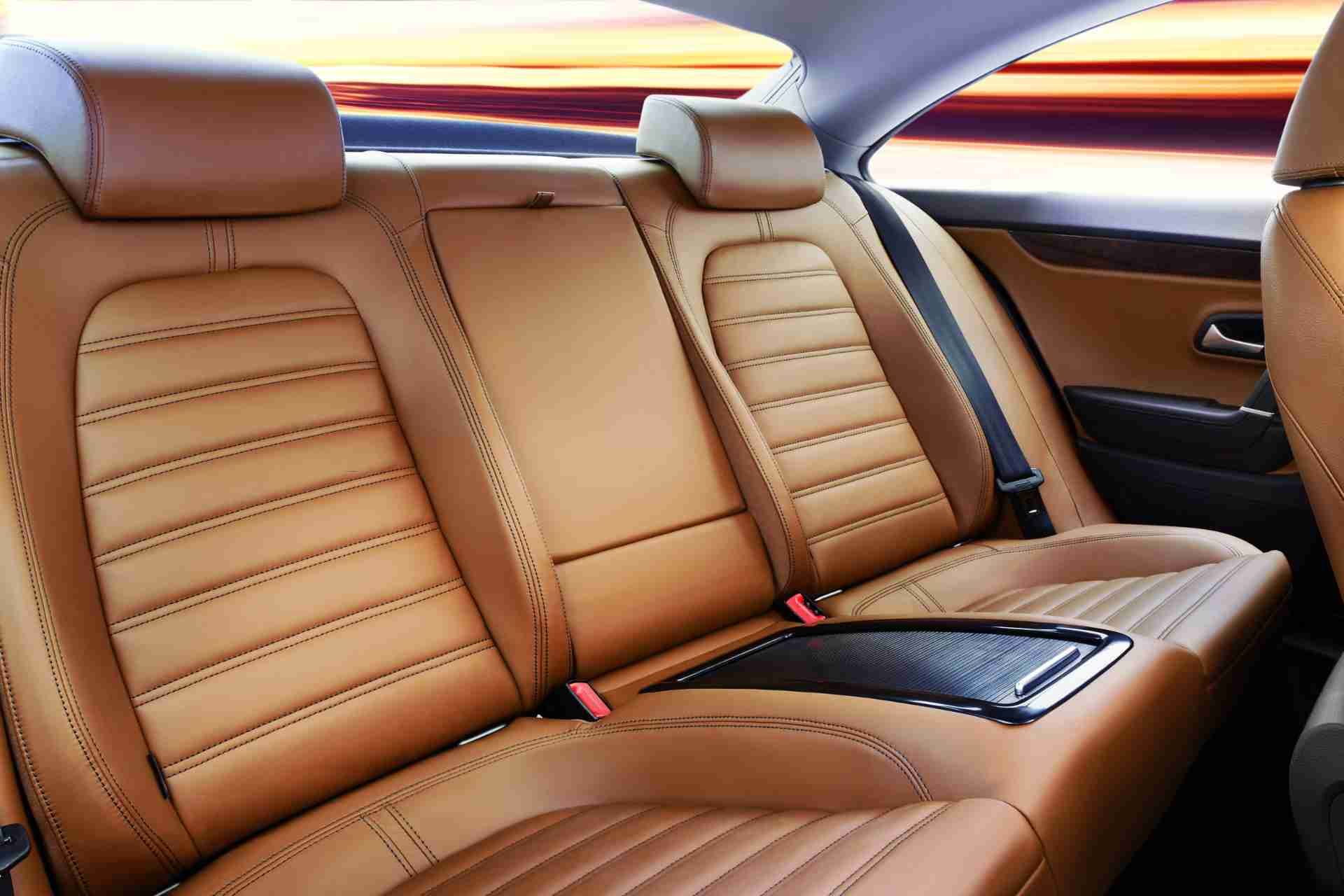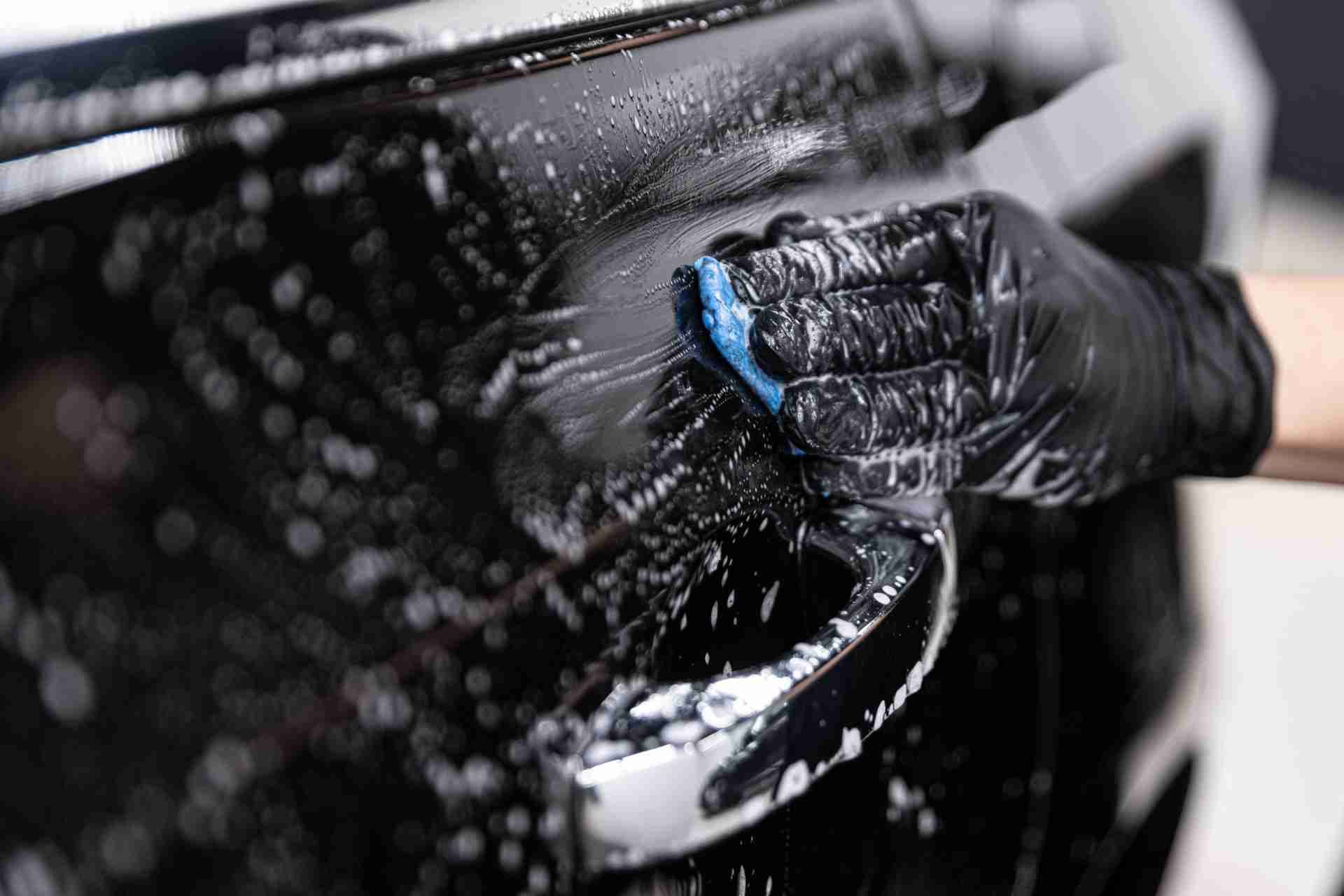What is Paint Correction in a Car
Have you ever wondered if there's a way to restore your car's paint to its former glory, eliminating swirl marks and imperfections?
Whether you have a classic car that needs some love or a newer model with imperfections in the paint job, paint correction is a process that can help restore your car's exterior to its former glory. But what is paint correction, what does it entail, and why is it important for your car?
As you navigate through the intricate world of paint correction, you'll uncover the secrets behind achieving a flawless finish that can make your vehicle look brand new.
Join us and let's dive into the world of paint correction and discuss its significance in vehicle maintenance.
What is Paint Correction
Paint correction is a process that involves restoring and rejuvenating the paintwork of a vehicle to remove imperfections such as swirl marks, scratches, oxidation, and other blemishes. Over time, a car's paint can become dull and scratched due to various factors like improper washing techniques, exposure to environmental contaminants, and general wear and tear.
Paint correction is a meticulous process that requires skill, expertise, and the right tools to achieve the desired results. It's not something that should be attempted by amateurs, as improper techniques can actually cause more damage to the paintwork.
Why is Paint Correction Important?
While it may seem like a minor detail, paint correction can make a huge difference in the overall appearance of your vehicle.
One of the main reasons why paint correction is important is that it helps to remove imperfections such as swirl marks, scratches, water spots, and oxidation. These imperfections can make your car’s paint look dull, faded, and worn out. By correcting these imperfections, you can improve the overall look of your car, making it look like new again.
Paint correction also helps to protect your car’s paintwork from further damage. When your car’s paint is dull and faded, it is more susceptible to environmental factors such as UV rays, bird droppings, tree sap, and road tar. These factors can cause further damage to your paintwork, leading to costly repairs in the future. By correcting the imperfections in your paint, you can protect your car’s paintwork and extend its lifespan.
Another important reason why paint correction is essential is that it can increase the resale value of your vehicle. A car with flawless paintwork is more attractive to potential buyers and can command a higher price on the market. By investing in paint correction, you can ensure that your car looks its best and retains its value over time.
Techniques for Paint Correction
Understanding the techniques for paint correction is crucial for achieving a flawless finish on your car's exterior.
Assess the Paint Condition
Before starting the paint correction process, it is essential to thoroughly inspect the condition of your vehicle's paint. Identify all the imperfections such as swirl marks, scratches, and water spots. This will help you determine the level of correction required and select the appropriate products and tools.
Wash and Decontaminate the Surface
Before you begin correcting the paint, it is crucial to thoroughly wash the car to remove any dirt and debris that could cause further damage during the correction process. You should also decontaminate the surface using a clay bar to remove embedded contaminants like tar, road grime, and industrial fallout.
Use the Right Polishing Compounds
To correct imperfections in the paint, you will need to use polishing compounds of varying abrasiveness. Start with a less abrasive compound and work your way up to a more aggressive compound as needed. It is important to use the right combination of compounds and pads to achieve the desired level of correction without causing damage to the paint.
Correct Swirl Marks and Scratches
Swirl marks and scratches are common imperfections that can dull the appearance of your vehicle's paint. To correct swirl marks, use a fine polishing compound with a foam polishing pad. For deeper scratches, you may need to use a heavier cutting compound with a microfiber cutting pad. It is important to use slow, overlapping motions when correcting these imperfections to ensure an even finish.
Finish with a High-Quality Sealant or Wax
Once you have completed the paint correction process, it is essential to protect the newly corrected finish with a high-quality sealant or wax. This will help to enhance the shine and durability of the paint, as well as provide protection against environmental contaminants and UV damage.
Stages of Paint Correction
Stage 1
The first stage of paint correction is washing and decontaminating the vehicle. This involves thoroughly washing the vehicle to remove any dirt, grime, and other contaminants that may be present on the surface of the paint. Once the vehicle has been washed, a clay bar or iron remover can be used to further remove any embedded contaminants that are stuck to the paint.
Stage 2
The second stage of paint correction is paint inspection and assessment. This involves closely examining the paintwork to identify any imperfections such as swirl marks, scratches, or oxidation. A paint thickness gauge may also be used to measure the thickness of the paint to determine how much correction can safely be done without risking damage to the paint.
Stage 3
The third stage of paint correction is paint correction itself. This involves using a combination of machine polishing techniques and abrasive compounds to remove imperfections from the paint. The level of correction needed will depend on the severity of the imperfections and the desired results. This stage requires skill and expertise to ensure that the correct products and techniques are used to achieve the best results.
Stage 4
The fourth stage of paint correction is refining the paintwork. This involves using finer polishing compounds and pads to further refine the paint and enhance its gloss and clarity. This stage is crucial in achieving a flawless finish and ensuring that the paintwork looks its best.
Stage 5
The final stage of paint correction is protecting the paintwork. This involves applying a layer of wax, sealant, or ceramic coating to protect the paint and maintain its freshly corrected appearance. This step is essential in preserving the results of the paint correction and ensuring that the paintwork remains protected from environmental elements.
Does Paint Correction Remove the Clear Coat?
The short answer is that paint correction, when done properly by a skilled professional, should not remove the clear coat. Clear coat is a clear, protective layer that is applied to a car's paint job to protect it from the elements and help maintain the paint's shine and luster. When performing paint correction, the goal is to remove imperfections in the top layer of paint, such as swirl marks, scratches, and oxidation, without compromising the clear coat underneath.
Paint correction involves using specialized tools and techniques to gently remove a very fine layer of paint, and the process is typically done in multiple stages to ensure that the clear coat is not damaged. The key is to use the right products and techniques to safely and effectively remove imperfections in the paint without cutting through the clear coat.
That being said, it's worth noting that paint correction is a delicate process that should only be performed by experienced professionals who have the necessary skills and expertise to safely work on your vehicle's paint job. Attempting to do paint correction yourself, especially if you are not familiar with the proper techniques and products, can potentially lead to damaging the clear coat.
Look for Professional Paint Correction Services
At CV Mobile Auto Spa, we take great pride in our work and strive to provide our clients with the best possible results. We understand that each car is unique, which is why we tailor our services to meet your specific needs. Whether you have a luxury sports car or a daily driver, we have the expertise to deliver exceptional results every time.
Our paint correction services are not only affordable but also convenient. We come to you, so you don't have to worry about dropping off your car at a shop and waiting for hours. Our mobile service allows you to relax in the comfort of your own home while we work our magic on your car.
Contact us today to schedule an appointment and see the difference for yourself.

